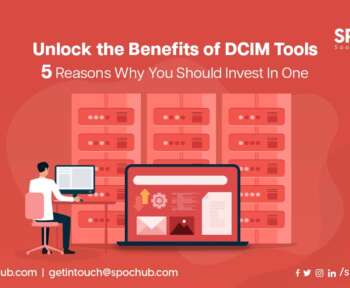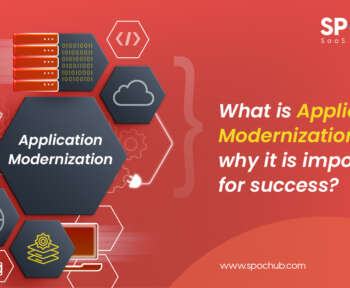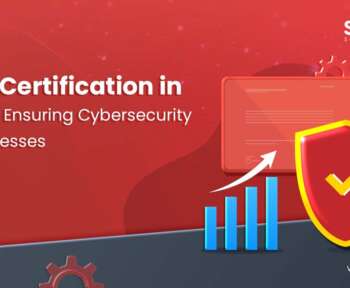WAFs — or web application firewalls — help safeguard websites from attacks. These tools automatically block attacks without user intervention and within seconds of their appearance. For businesses, WAFs are more than just a layer of defence protecting sensitive data and customer information. They’re essential to staying competitive in the digital age. With so many customers using mobile apps, it’s imperative that you have solutions to manage all of your customer services and digital interactions with your brand. Read on for more about why businesses need Cloud WAFs to keep their data safe.
What is Cloud WAF?
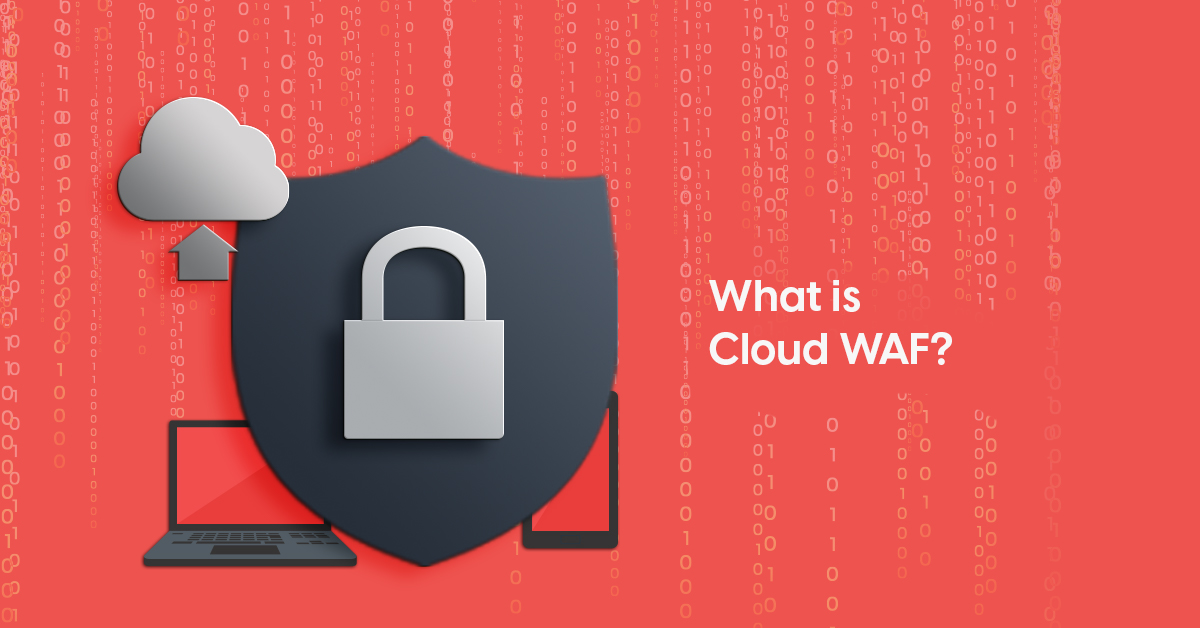
A Cloud Web Application Firewall (WAF) is a security service that is delivered through the cloud and protects web applications from various types of cyber-attacks such as SQL injection, cross-site scripting (XSS), and cross-site request forgery (CSRF). It sits in front of web applications and inspects incoming traffic, filtering out known malicious traffic and blocking attacks before they can reach the application. Cloud WAFs are typically managed and updated by the service provider, and can be easily integrated with other security tools and services. They can be deployed and managed from anywhere, making them a flexible and cost-effective solution for protecting web applications.
Cloud WAF V/S traditional Firewall
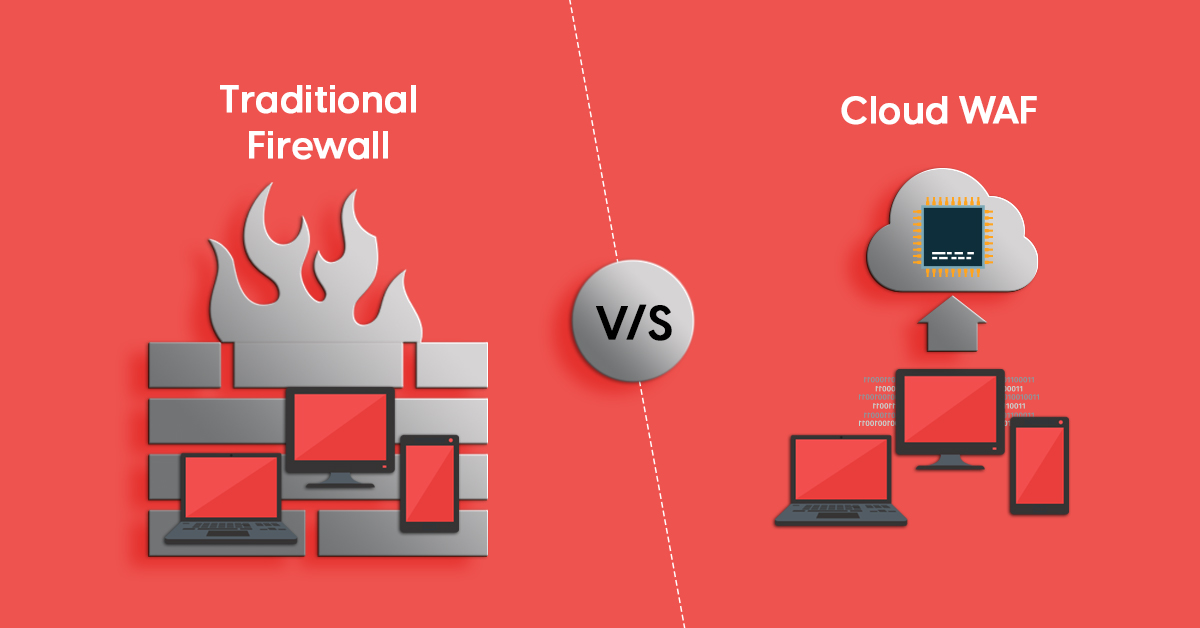
A traditional firewall is a network security system that monitors and controls incoming and outgoing network traffic based on a set of security rules and policies. A Cloud WAF, on the other hand, is a security service that is delivered through the cloud and specifically designed to protect web applications from various types of cyber-attacks such as SQL injection, cross-site scripting (XSS), and cross-site request forgery (CSRF). A traditional firewall is typically deployed on-premises, while a Cloud WAF is delivered through the cloud and can be deployed and managed from anywhere. A traditional firewall provides network-level protection, while a Cloud WAF is specifically designed to protect web applications. Cloud WAFs can scale up or down quickly and easily to meet changing traffic and security needs, unlike traditional firewalls which may require significant upgrades or replacements.
12 reasons why you should replace traditionally WAF with Cloud WAF
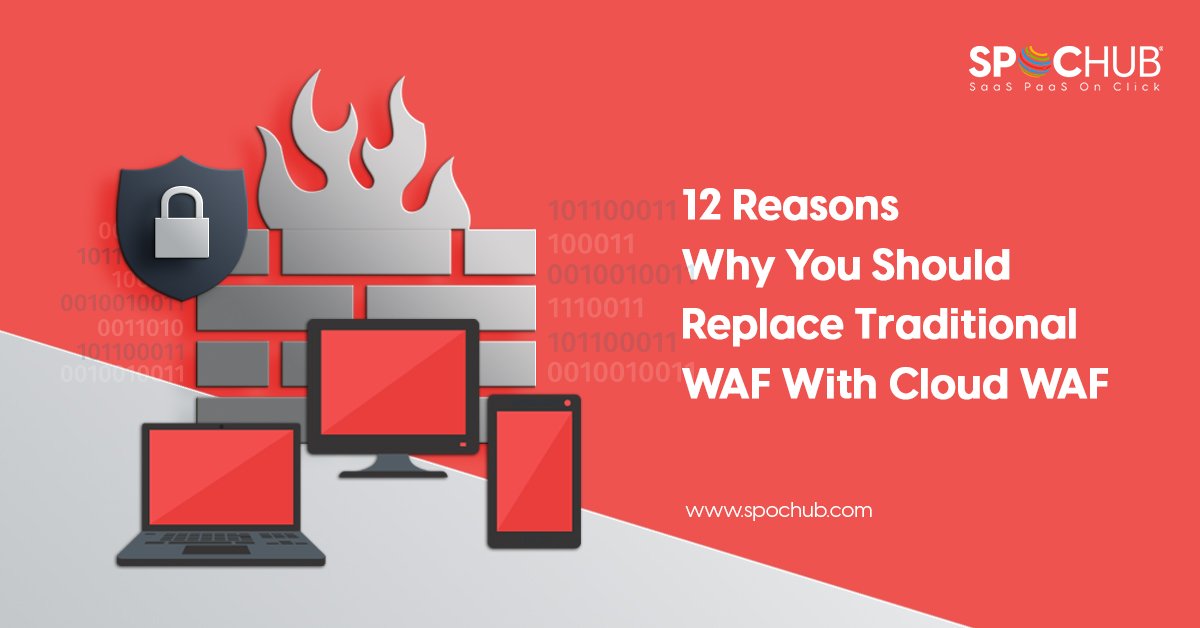
- Scalability: Cloud WAFs can scale up or down quickly and easily to meet changing traffic and security needs, unlike traditional WAFs which may require significant upgrades or replacements.
- Flexibility: Cloud WAFs can be deployed and managed from anywhere, allowing for greater flexibility in terms of location and device.
- Cost-effectiveness: Cloud WAFs eliminate the need for expensive hardware and maintenance costs, and allow you to pay for only the resources you use.
- Real-time protection: Cloud WAFs provide real-time protection against emerging threats, whereas traditional WAFs may not have the ability to update their security rules quickly enough.
- Improved performance: Cloud WAFs can offload security processing to the cloud, reducing the load on your servers and improving performance.
- Easy integration: Cloud WAFs can be easily integrated with other security tools and services, such as firewalls, intrusion detection systems, and security information and event management systems.
- High availability: Cloud WAFs typically have built-in redundancy and failover mechanisms, ensuring high availability and minimal downtime.
- Advanced analytics: Cloud WAFs typically offer advanced analytics and reporting features, allowing you to gain insights into your security posture and identify potential vulnerabilities.
- Automatic updates: Cloud WAFs are updated automatically, ensuring that you are always protected against the latest threats.
- Cloud-native: Cloud WAFs are built to run natively in the cloud and thus can take advantage of the cloud’s properties such as auto-scaling, global distribution, and real-time analytics.
- Global protection: Cloud WAFs can provide protection for your web applications globally with the help of CDN (content delivery network)
- Cost savings: Cloud WAFs can save you money by eliminating the need for expensive hardware and maintenance costs.
eNlight WAF – Your Best Bet Against Cyber Threats
With SPOCHUB’s intelligently developed Cloud Hosted Web Application Firewall you can filter incoming and outgoing web traffic and stop threats like cross-site scripting, injection, and other OWASP Top 10 attacks. Additionally, it enables the user to design unique rules for thwarting web attacks. When the anomaly threshold is reached, the eNlight WAF automatically blocks unauthorized traffic and notifies the attacker with a customized response. You only pay as you use eNlight WAF. Your eNlight Cloud VM resource usage is billed. On the eNlight WAF, several websites can be added. For your private apps, WAF also offers clientless VPN (WebVPN) solutions. Your website is shielded from the OWASP Top 10 vulnerabilities by eNlight WAF. A thorough understanding of the WAF cluster is provided by the intuitive interface and the extensive reports and graphs. Pay-As-You-Grow model is available from eNlight WAF, and only resources used are charged for. Get optimum website security with our enterprise-class DDoS protection network. All traffic is scanned by eNlight WAF, which permits valid traffic to reach the web server. On the eNlight WAF, many websites can be included. If a “abnormal request” is found, WAF will raise the request’s score. When a request’s score reaches the upper limit allowed, WAF will deny it.
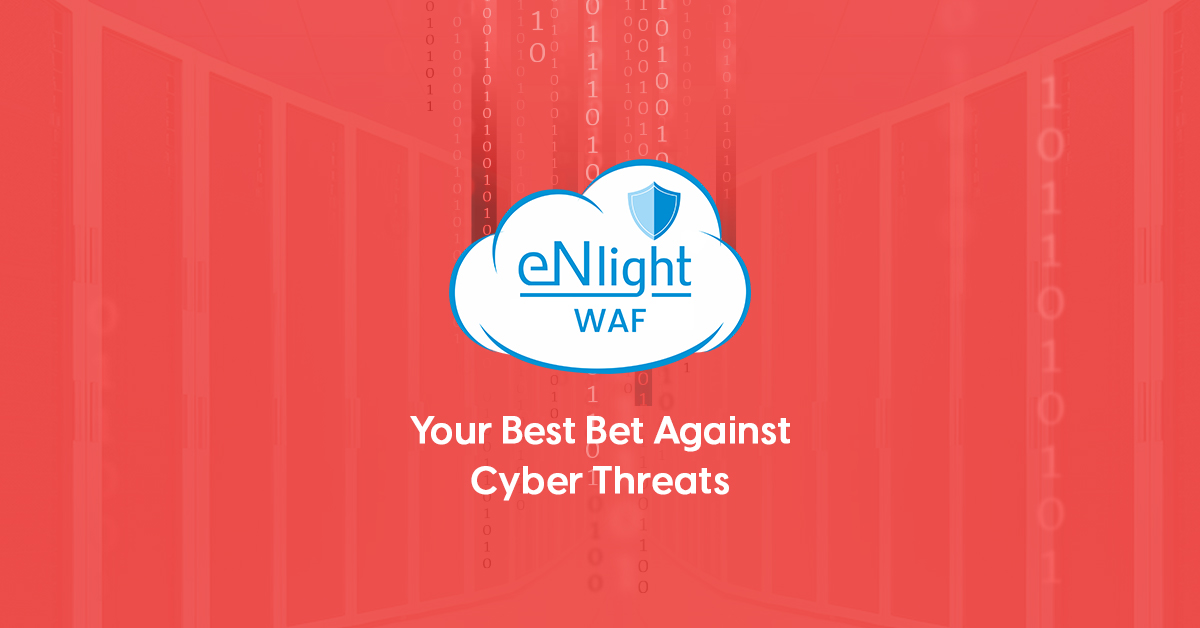
Features Overview of eNlight WAF
- Security – Implement TLS, manage user reputation, set up access control, and block OWASP Top 10 attacks (XSS, SQL Injection, Malware).
- High Availability – WAF runs natively as an active/active cluster and is capable of supporting CARP virtual addresses.
- Load Distribution – WAF distributes traffic to all cluster nodes using HA-Proxy. Afterward, the traffic can be dispatched to a Web server farm.
- Content Rewriting – WAF works in reverse proxy. Therefore, it is possible to rewrite links, headers, and content and compress pages.
- Anomaly Detection – The WAF identifies risky behaviours and creates effective filtering policies based on anomaly detection algorithms. Real-time log analysis, alerting, and anomaly detection do not require a SIEM.
- WebVPN – WAF offers a client-less VPN solution for accessing private applications over the internet.
- Virtual Patching – ESDS eNlight WAF automatically generates rules that correct vulnerabilities in a vulnerability scanner report.
- Machine Learning – eNlight WAF uses mathematical algorithms to learn and model typical traffic and to detect “abnormal” requests.
- Secure Applications and Websites – Adds multiple applications and websites with custom configuration. A simple dashboard can configure and manage all your web assets easily.
- Custom Ruleset – eNlight WAF allows users to edit security rules. For optimal security, it also allows you to create and edit whitelists and blacklists.
Final Word
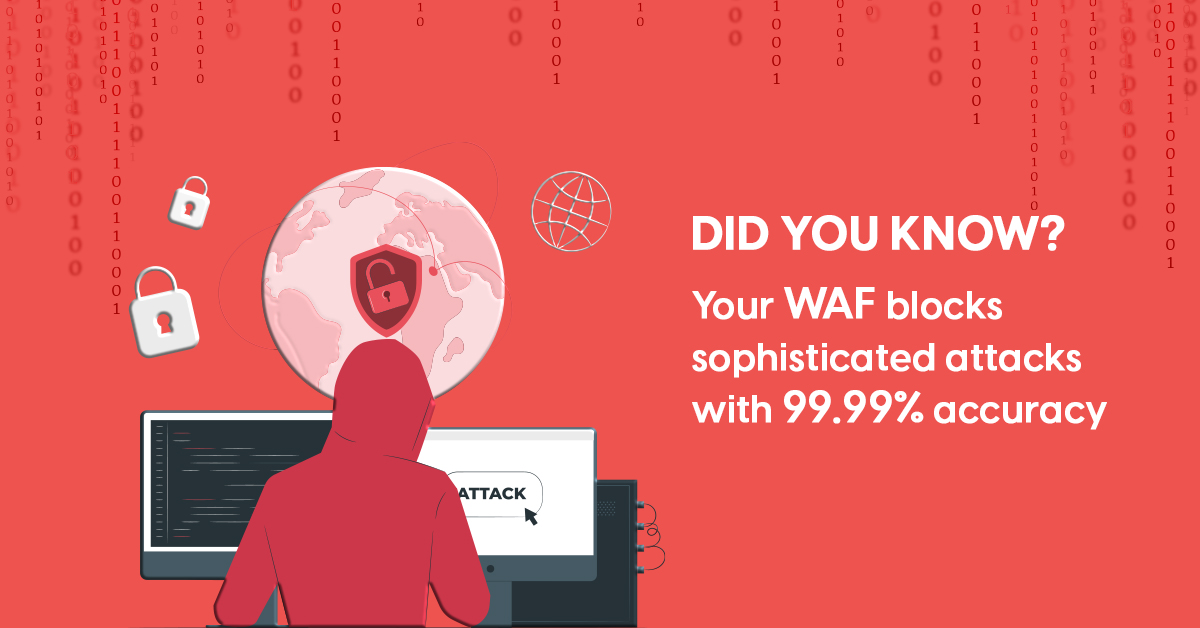
Security threats are constantly evolving, making it crucial for businesses to protect themselves. Cloud WAFs are an effective way to do this. According to Statista, your WAF blocks sophisticated attacks with 99.99 percent accuracy. They’re an ideal fit for businesses that need to protect assets, like websites, APIs, database records, and more. By automatically blocking these threats and inspecting each request, you can safeguard your business data and reputation. Cloud WAFs are ideal for securing assets and protecting sensitive data, like customer data and trade secrets. They’re also a cost-effective and scalable alternative to on-premise solutions. And because they’re available through the cloud, you don’t have to worry about managing them yourself.

